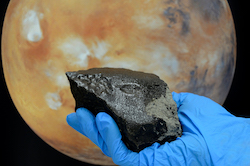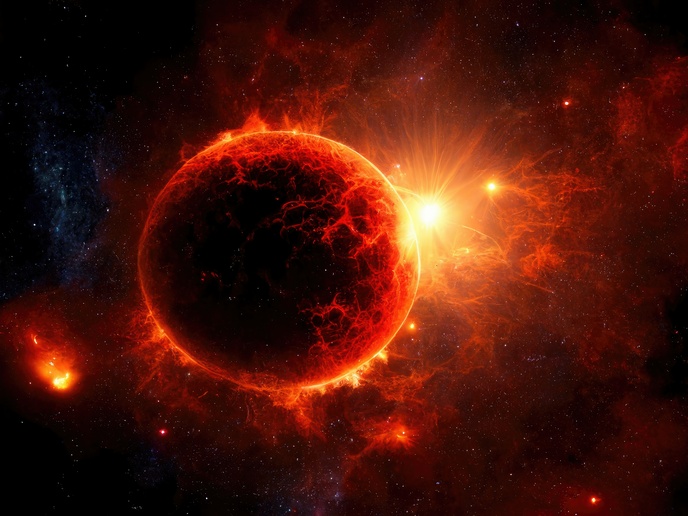State-of-the-art facility to house space samples in Europe comes one step closer
Sample return space missions are those that are designed to visit a solar system body, such as the moon, Mars or asteroids, and then collect and return samples to earth for scientific study. These missions are seen as important strategic steps in our continuing exploration of space, leading to human missions to the moon and Mars. Even though Europe has a strong heritage in both the study and curation of extra terrestrial samples (in the form of meteorites), and in space exploration, there is no appropriate facility in Europe to be able to properly curate these precious samples. The EU-funded EURO-CARES project set out to design a roadmap towards the creation of a European facility. “The lack of such a facility,” says Dr. Caroline Smith, joint project coordinator based at the UK’s Natural History Museum, “means we are missing out on opportunities to collaborate with international partners such as NASA, China and Japan on exciting missions.” The project hopes that by developing a roadmap outlining the required functions and possible design of such a facility, they will give decision-makers the confidence that Europe can, and should, have such a facility. Gathering expert insight from a range of disciplines The site’s structure, the security measures needed to prevent accidental contamination, how to foster the political will, what should actually be stored: all these various strands required input from experts in a wide variety of fields. “EURO-CARES is a rather unusual project in that it is extremely multi-disciplinary – our team was comprised of scientists (earth and life), engineers and technologists,” explains Dr. Smith. A key issue the project addressed were issues surrounding the curation of samples returned from Mars. This type of material poses some unique challenges – our current understanding of the history of the red planet suggests that it had the right environment and chemical conditions perhaps for life to develop. Some scientists think that there may even be life occurring on Mars today. Missions to the planet are very carefully designed to avoid contaminating Mars with possible earth life and, for missions designed to collect and then return Mars samples to earth, the missions are designed to prevent any accidental contamination of earth’s biosphere by materials from the planet. “This issue is taken extremely seriously and is covered by international treaties and policies. A facility designed and built to curate Mars samples must protect both the samples and the earth. Such a facility would be something similar to a biohazard level 4 lab, a number of which exist in different European countries, where biologists study some of the most hazardous diseases known.” Secure but open Security featured prominently in the team’s analyses, but they were also passionate about designing a facility that would inspire the public, “We wanted to produce materials that could be used by students of different ages, in a formal or informal learning environment,” says Dr. Smith. She points out that many of the sample return missions that are planned will not be returning materials until the early to mid 2020s at the earliest. “It is the young people of today who will be the scientists and engineers of the future and will be involved in this work when the samples start returning.” Timely research While samples may be arriving within the next ten years, the last time the planetary protection protocols were published, and then only in draft form, was in the early 2000s. “We have attempted in our work to both review this (and other related documents) and point out technological advances which could also be applied to provide more accurate techniques and so on.” But, as Dr. Smith says, redeveloping the planetary protection policies will require an international project of it's own, probably lasting 2-3 years with a diverse range of life sciences and earth sciences experts as well as instrument specialists. In the meantime, the project has established it will take a minimum of seven years to design and build a facility to curate samples returned from asteroids and the moon, and longer for a facility to curate samples from Mars. EURO-CARES says Dr. Smith, has developed an excellent network of experts from diverse domains. “Our work is being used by colleagues in Japan and America to aid their work, and so our project has both confirmed European expertise and leadership in this area and given a much higher visibility to this expertise.”







